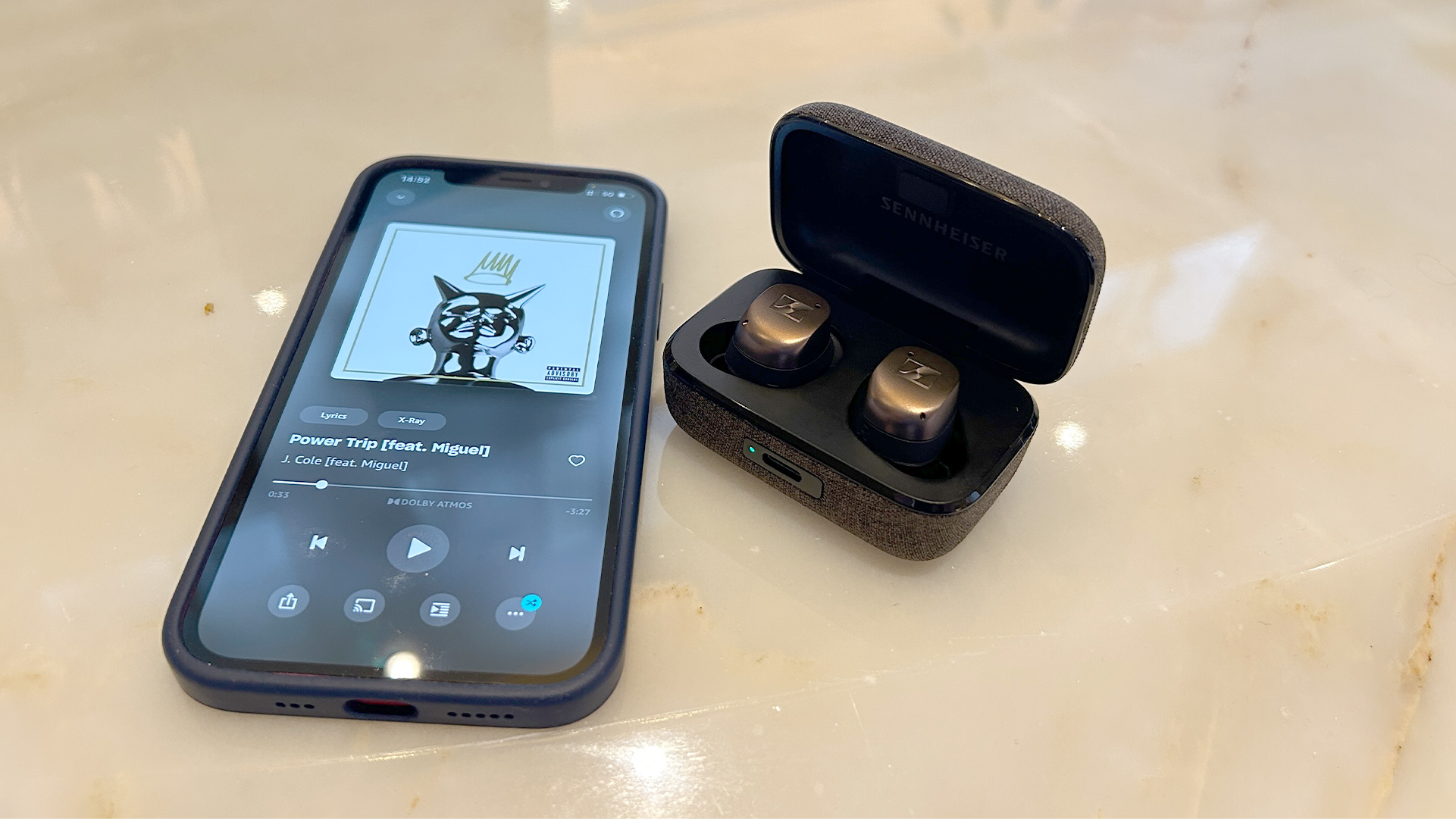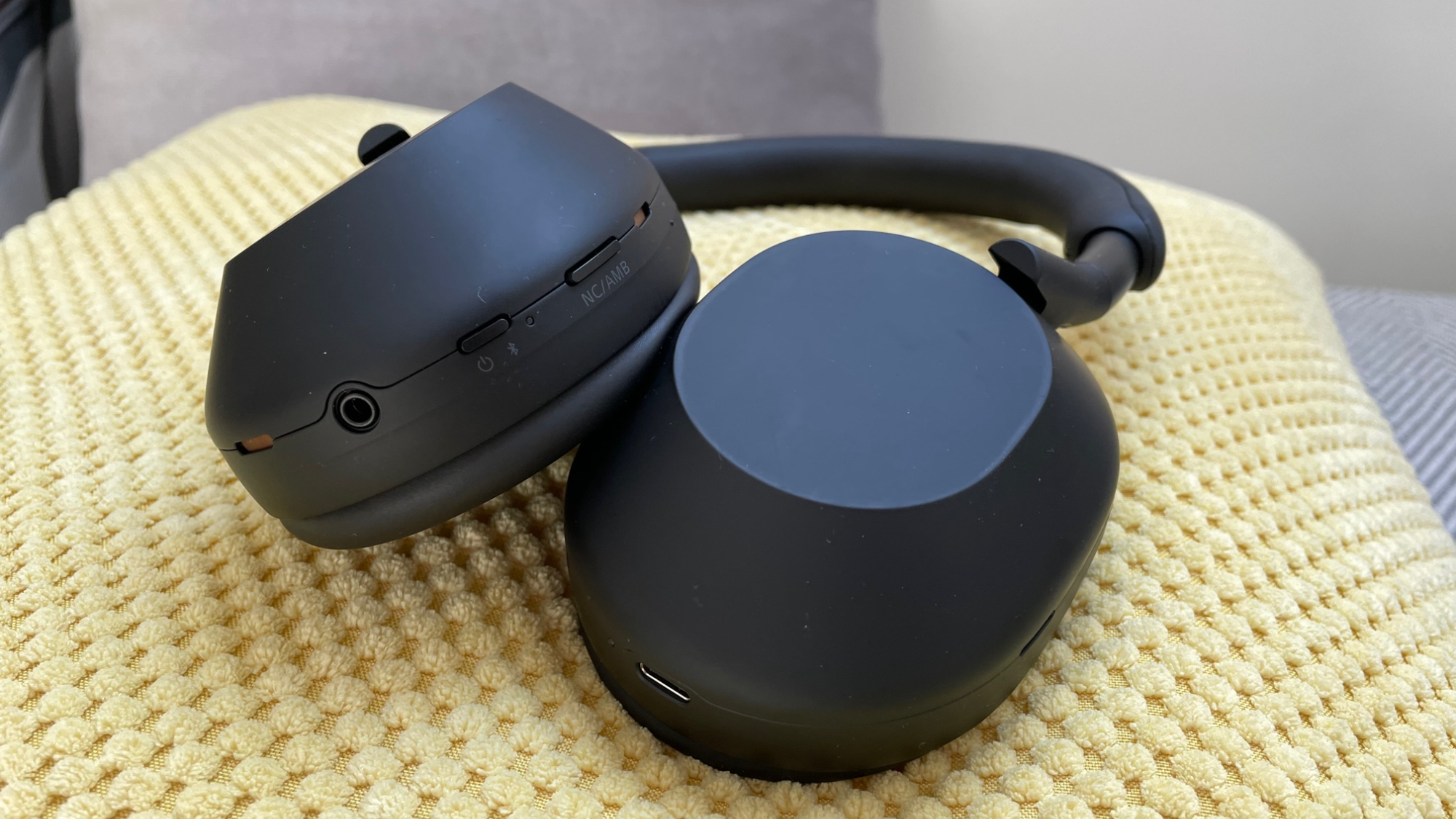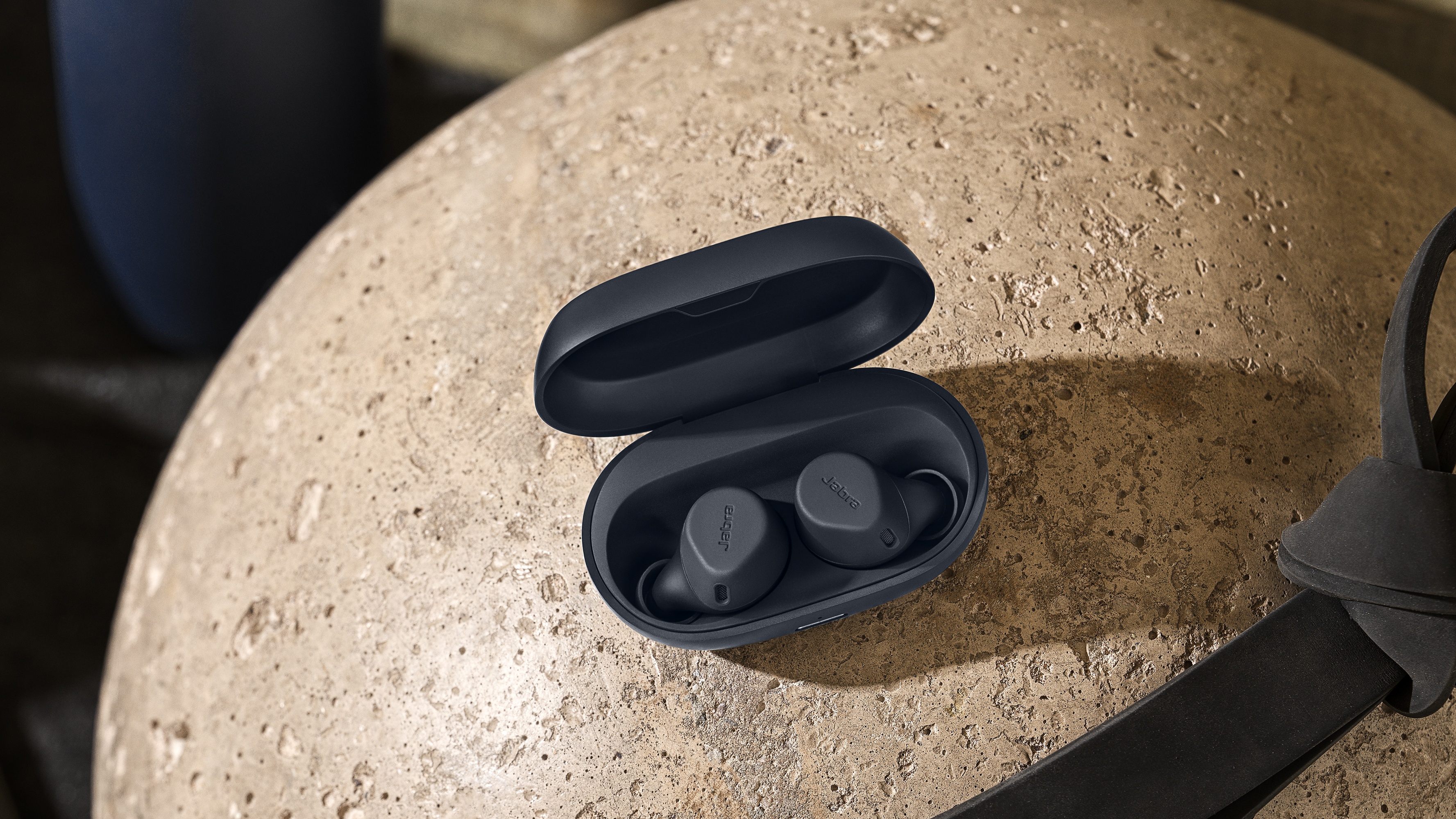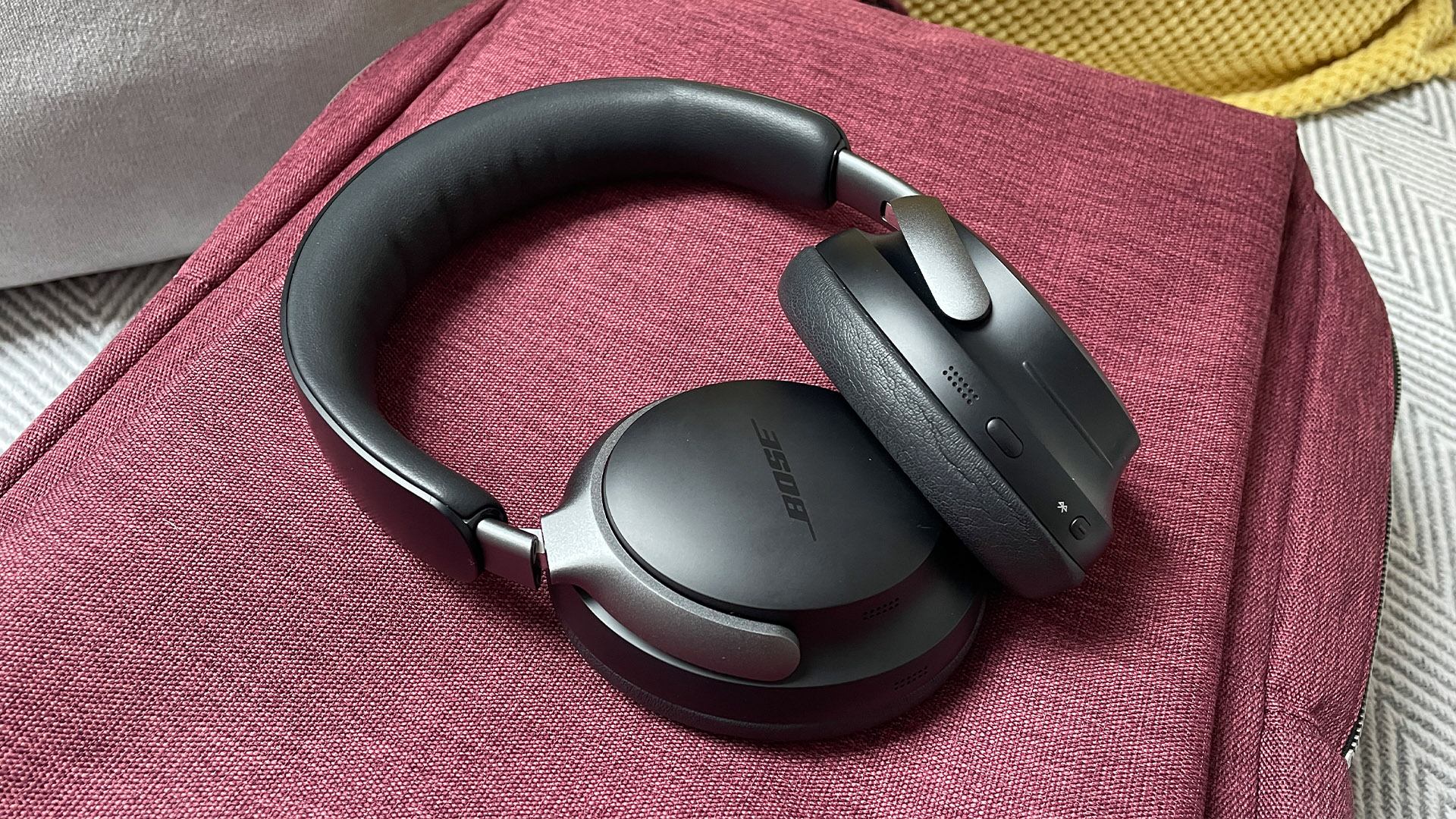
Wireless headphones are all about convenience, but it's not very convenient having to unpair and re-pair every time you want to use a different device. But help is at hand. Bluetooth Multipoint lets you connect to two devices at once, and switch between them without having to delve into the menus.
Here's how it works, what it can do for you and which devices support it.
What is Bluetooth Multipoint?

Bluetooth Multipoint allows a pair of wireless headphones to establish and maintain a Bluetooth connection to multiple devices at once.
You can't play audio from these devices at the same time – why would you want to? – but it does allow you switch between them seamlessly with no delays. So if you're listening to music on your smartphone and a Zoom call comes in on your laptop, you can take the call as if it was coming from the same device. Handy.
Depending on the headphones and source device, you may be able to hear notifications from one device while listening to another. Some models will automatically hang up one call when one on another device comes in, while others will put the first call on hold. Again, it depends on which headphones and source devices you're using.
What do you need for Bluetooth Multipoint?

Multipoint launched with Bluetooth 4.0 over a decade ago, so it's not a new technology. However, at first it was meant for professionals, which explains why it's still not all that common.
In order to support Bluetooth Multipoint, a device must be equipped for both A2DP and HFP/HSP connections for audio streaming and talking, respectively. But that's not all. Some devices support just a phone and computer connection, while others support two simultaneous phone connections. It depends on which Bluetooth profiles the devices support, so make sure you check before you buy.
Your headphones will also need Multipoint support. We've listed some of the best pairs below.
To use Bluetooth Multipoint, Android devices must run Android 8 or later with Google Play Services. Apple uses its own system instead of Multipoint – we've explained it below.
How to use Bluetooth Multipoint

Exactly how you activate Bluetooth Multipoint will vary from device to device, but it should be pretty straightforward.
On a pair of Sony headphones, for example, you'll need to pair them with a computer and phone, then go to the Systems tab in the Sony Headphones Connect app and enable the option to 'Connect to 2 devices simultaneously'. Then in the Status tab, tap the name of the currently connected device, and from the list of currently available devices, tap the other one you would like to connect to. Both should now appear under 'Device Currently Being Connected'.
Whereas with Bose headphones, you tap the name of your headphones within the Bose Music app, then tap Source. Now previously linked devices should sync automatically (if they don't, toggle them on manually). To add a new device, just tap 'Add new'.
Mostly, Multipoint only works with two devices at a time. If you add a third device, the last device to play music will stay connected over Bluetooth, while the other will disconnect with the third device taking its place. Some devices can connect to three devices simultaneously, but this is quite rare.
Which devices support Bluetooth Multipoint?

For a technology that's been available for over a decade, Bluetooth Multipoint isn't as common as it should be. That said, it does feature in some of the best headphones of recent years from some of the biggest brands (and some surprisingly affordable models). Here are some of the most notable models that support it.
- Sony: WH-1000XM5, WH-1000XM4, WF-1000XM5, WF-1000XM4, WF-C700N, WH-CH520, WH-CH720N, LinkBuds, LinkBuds S. But not the WF-C500
- Bose: QuietComfort 45, QuietComfort Ultra Headphones, Noise Cancelling Headphones 700. But not the QuietComfort Ultra Earbuds or Ultra Open Earbuds (though it is apparently coming to the latter at some point via a firmware update)
- Sennheiser: HD 450BT, HD 350BT, Momentum 4 Wireless, Momentum 3 Wireless, Momentum True Wireless 4, Momentum True Wireless 3, PXC 550 II
- Jabra: Elite 7 Pro, Elite 7 Active
Apple AirPods and Google Pixel Buds work a little differently. While they do allow you to switch between multiple devices, they both use their own proprietary ways of doing so, and require you to be signed into the same Apple ID / Google account on each device.
Apple calls this audio switching, while Google calls it automatic audio switching via Fast Pair. It essentially does the same thing as Bluetooth Multipoint, but requires you to only use devices made by Apple or Google.
Samsung falls somewhere between the two camps – its system is not quite as functional as proper Bluetooth Multipoint, but less restrictive than Apple and Google's approach. Certain models of Samsung Galaxy Buds can sync to multiple Samsung devices simultaneously and allow you to switch seamlessly between them. But unlike Apple and Google, they also let you connect to multiple non-own brand devices – you do so through the Samsung Wearable app, though this doesn't allow automatic switching (you have to start and stop music yourself manually on each device).
MORE:
Check out the best wireless headphones
And the best cheap wireless headphones
Going in-ear? Best cheap wireless earbuds







